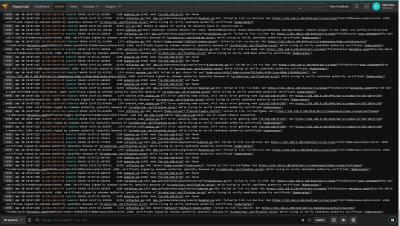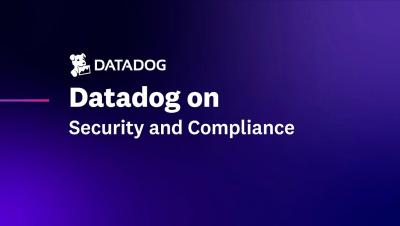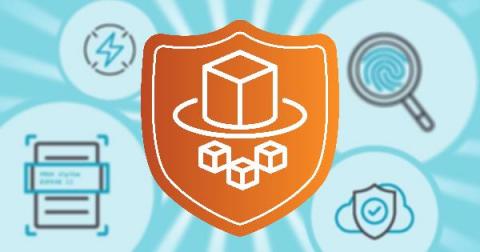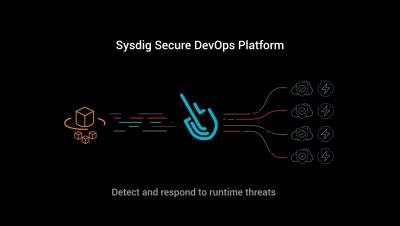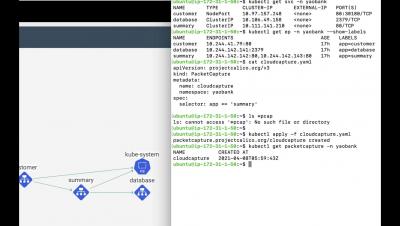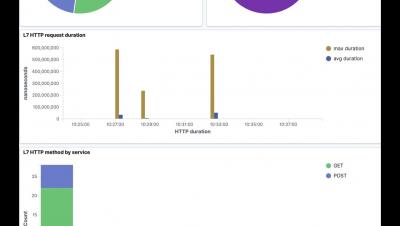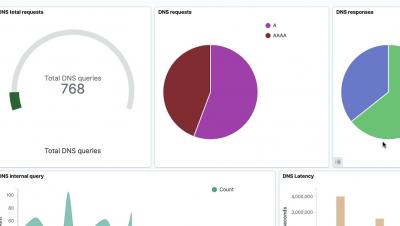Operations | Monitoring | ITSM | DevOps | Cloud
Security
The latest News and Information on CyberSecurity for Applications, Services and Infrastructure, and related technologies.
Splunk SOAR Playbooks: Suspicious Email Domain Enrichment
Despite the myriad pathways to initial access on our networks, phishing remains the single most popular technique for attackers. The open nature of email and our reliance on it for communication make it difficult for defenders to classify messages, so it is no surprise that suspicious email investigation is a top use case for automation. Today, we are releasing a new community playbook for Splunk SOAR (previously Splunk Phantom) to help enrich suspicious email events.
Detect application abuse and fraud with Datadog
Protecting your applications from abuse of functionality requires understanding which application features and workflows may be misused as well as the ability to quickly identify potential threats to your services. This visibility is particularly critical in cases where an adversary finds and exploits a vulnerability—such as inadequate authentication controls—to commit fraud.
Datadog on Security and Compliance
Perspectives from the federal public sector: Enable mission success with Elastic
After a year of accelerated change in the federal industry, the Federal Public Sector event focused on the progress you’ve made, the trends demanding your attention, and the Elastic capabilities that continue to guide federal agencies, offices, and departments towards a search-enabled future. With a theme of Accelerate the mission.
Securing AWS Fargate workloads: Meeting File Integrity Monitoring (FIM) requirements
Securing AWS Fargate serverless workloads can be tricky as AWS does not provide much detail about the internal workings. After all… it’s not your business, AWS manages the scaling of underlying resources for you. :) While the security and stability of Fargate’s system is an inherent feature, Fargate follows a shared responsibility model, where you still have to take care of securing those parts specific to your application..


